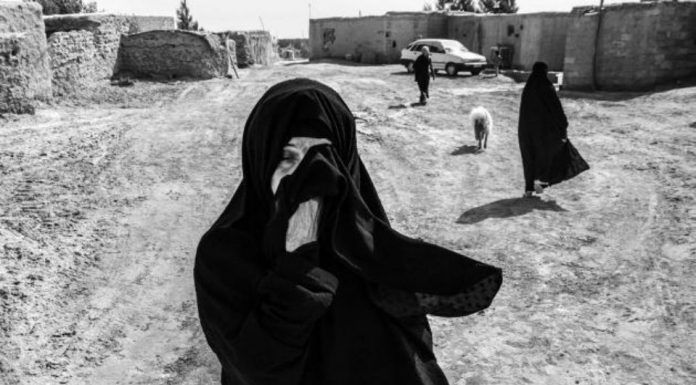Contrary to widespread belief, rainfall will not end the severe drought that has affected most regions of Iran, according to Massoud Farzad, a water and drought expert.
“Iran’s water shortage problem will not go away even if the volume of annual precipitation (rain, snow, and hail) reaches 90 billion cubic meters this year,” Mr. Farzad said. “Nearly 97 percent of Iranians live in drylands which are struck by a sustained reduction in water availability and persistent drought. All indications are that we’ll have a shortage of rainfall in the coming winter.”
Farzad warned: “We’ve measured a sharp drop in the volume of groundwater reservoirs [water present beneath Earth’s surface in soil pore spaces and the fractures of rock formations.] The water level has decreased by 40 percent in dams and reservoirs in the south and the southeastern provinces.”
Farzad added: “Our data indicate a 30 percent decrease in total rainfall compared to last year. The volume of Iran’s renewable water resources is at an all-time low of 90 billion cubic meters. We consumed a total of 110 billion cubic meters of water in agriculture, industries and for drinking last year. Also, a sharp drop in the water level in the country’s dams will impact the production of electricity.”
Farzad explained: “Low precipitation in the snow-capped Zagros Mountain range in the southwestern province of Chaharmahal and Bakhtiari has significantly depleted many reservoirs, causing severe water shortage in the provinces of Isfahan, Markazi, Qom, Khuzestan, and Lorestan.”
There are three classifications of droughts:
- The meteorological drought, which is indicated by the volume of rain deficit (slight, moderate and severe drought)
- Hydrological drought happens when streams, rivers, lakes, wells dry up, and groundwater level depletes
- Agricultural drought occurs when soil moisture doesn’t meet the water demands of the crop during growth
Translated from Persian by Fardine Hamidi


